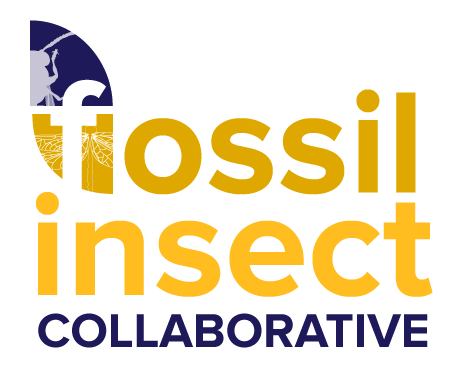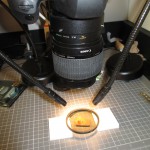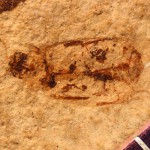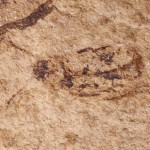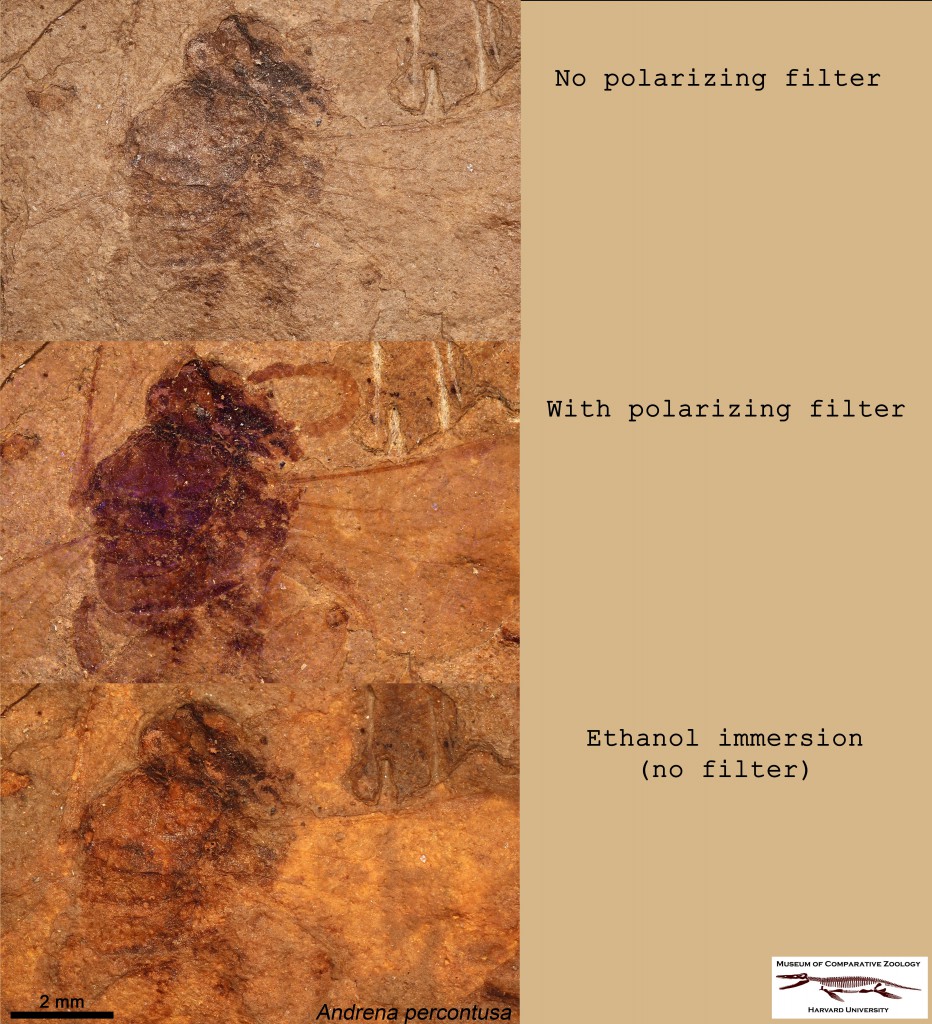By Ricardo Pérez-de la Fuente, Museum of Comparative Zoology, Harvard University
Some of you might already know or have used the technique exposed here, but I would like to share what I have recently learned about the use of a polarizing filter when imaging fossils preserved as compressions, especially shales. It turns out that we were getting suboptimal results when imaging material from Florissant in which even if the fossilized organic matter of the fossil was well preserved, its contrast was very poor in the pictures, namely due to the matrix being very reflective. The technique exposed here can also work for other compression fossils (e.g., Green River), but the emphasis is put on the Florissant material because it tends to be common in collections and is the one in which we know results are good. This information is namely in the literature, but the specifics of it – especially those concerning fossil insects – proved to be evasive so perhaps sharing them might save you some time if you find yourselves in the same situation than we were. Polarizing filters are used in photography to remove glares and increase the contrast of the images – you can learn more about how polarizing filters work and their use in photography here. They are not expensive – we bought two Hoya HD2 CIR-PL filters for about $100.00 (the bigger they are the more expensive they get). When imaging Florissant fossil insects with a sufficient proportion of fossilized organic matter preserved, using a polarizing filter the way it is described below removes the glare from the rock matrix and increases the contrast of the fossil (see images below). For the Florissant fossils that are mostly preserved as an impression (not a compression), tangential light (without filter) in order to bring out the shadows is still the best option. However, and as a general rule, in order to obtain the best results when digitizing a fossil insect preserved as both an impression and a compression, something that often happens with the Florissant material, taking an image using direct (high-angle) lighting plus the polarizing filter and taking another image with tangential (low-angle) lighting but without the filter tends to be the best course of action as they both images provide complementary information of the characters preserved in the fossil.- Polarizing filter setup using small pieces of foam to hold filter above specimen.
- Test image with polarizing filter
- Test image without polarizing filter
- Test with polarizing filter showing purple glare in bottom right corner
- Test without polarizing filter
